Leaving the grocery store carrying the few items I had purchased in my half-filled shopping bag, a young man approached me from a parking space between two cars in the parking lot. He wore a small toque, a light gray jacket, no gloves and said quietly, “Can you spare some change?” Whether it was my startled eyes dancing between my mask and my parka, or perhaps, wisps of grey hair poking out from under my hood, or maybe it was because I was starting to put down my groceries, but he quickly added with a smile, “O, forget it” and walked on.
Forget it indeed! How can I forget it? It has become a little bit like purgatory is going to be because I keep reflecting on the incident and remember that my first thought was, “Thank goodness I had decided not to bring my big purse but only a small change purse deep in my pocket.”
Only after that internal sigh of relief did I begin thinking about what I should have done or could have done for the young man. My relief then turned to feelings of guilt because he was probably in his late twenties and his beautiful smile revealed a missing front tooth; I could have offered him the bananas in my bag; I could have given him the Tim Horton’s gift card in my pocket that still had $6.00 on it.
I don’t really know why the young man wanted some “spare change”. He wore no mask and couldn’t have gone into any store around our area to make a purchase. Maybe he needed to buy a mask, not food? I’ll never know but I do know that I pray someone will give him whatever help he needs and when they do maybe I’ll be able to forget it and walk on.
-Sister Elaine Cole, csj









